MATHINFINITY

NUMERAL SYSTEM

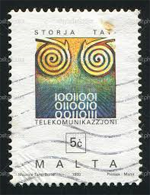
A number is a mathematical object used to count, label and measure. Numerals are written symbols to represent numbers. The numeral system includes numerals, arithmetic operators, etc. They can be classified according to positional notation, which includes the binary system, decimal system and even sexagesimal system. If classified by their ways of writing, there are Arabic numerals, Chinese numerals, Roman numerals, etc.
Hindu-Arabic Numeral System
The basis of the modern Arabic numerals is 0, 1, 2, 3, 4, 5, 6, 7, 8 and 9. Without these numbers, calculation cannot be done. They originated in ancient India and were later spread to Arab. At the beginning, there were only 9 numerals, and "0" was represented by an empty space. Although "0" was already widely used in India around 650 A.D., it first appeared in written records only till the Bakshali manuscript was completed. The simple and easy Hindu-Arabic numerals became popular in the Middle East and Europe after the Persian mathematician, Muhammad ibn Musa al-Khwarizmi, had introduced it in The Compendious Book on Calculation by Completion and Balancing, and after Italian mathematician, Leonardo Fiboacci, had introduced the Arabic numerals and decimal system to the Europeans through his book Liber Abaci. Till the modern era, all Arabic-speaking Islamic countries use both Hindu-Arabic and Arabic numerals at the same time.
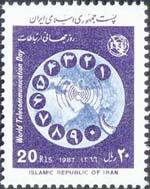

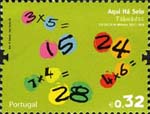
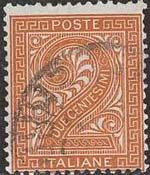
Chinese Numeral System
Chinese numerals have Xiaoxie and Daxie. Both Arabic numerals and Daxie are commonly used on cheques. Huama, or Suzhou Numerals were used in shorthand and they were developed from counting rods. They can be written vertically, horizontally or in both ways. In the past, Huama were required in abacus lessons. Nowadays, it is mainly used in markets, jewelry shops and shops selling Chinese herbs. From the Shang Dynasty to nowadays, the ten heavenly stems and twelve earthly branches that mark the year, month, day and time in the lunar calendar follow a sequential order. They have to be matched in the correct order to form 60 groups of terms for recurrent use.
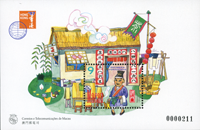
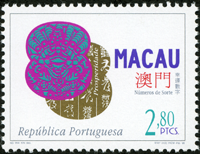
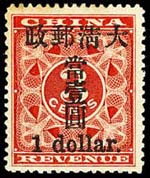
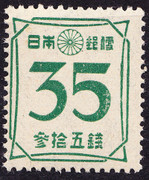
Roman Numeral System
Roman numerals were generally used in Europe before the popularity of Arabic numerals. Roman numerals only have seven numerals, which are I (1), V (5), X (10), L (50), C (100), D (500) and M (1000). When marking other numeric values, some of these numerals have to be added on the right side and/or deducted on the left side of a specific numeral. Each numeral can be consecutively added or deducted for a maximum of only three times. Examples are III (3), IV (4), VII (7), XL (40), XCIX (99). Roman numerals do not have "0" so they are not related to any positional notation. Nowadays, Roman numerals are only used in the completion date of public buildings, time display on clocks and watches, calendar and the year of production of certain TV programs.
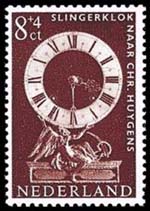
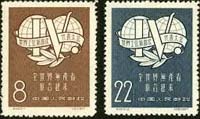
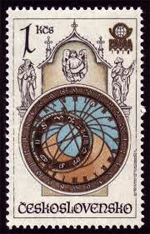
Did you know?
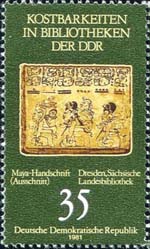
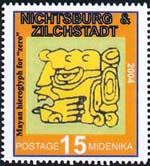
1) Astronomer, Aryabhata, had extraordinary contribution to the transformation of ancient Hindu numerals. He made use of grids for counting. For example, if the dot in the first grid cell represents 1, the dot in the second grid cell will represent 10, and so on. In this way, not only the numeral itself but also its position has specific meaning.
2) Maya people had great achievements in mathematics, astronomy and calendar. Maya people used a vigesimal numeral system. "0" was represented by a shell-like pictograph, while numerals 1 to 9 were represented by the respective quantity of dots and horizontal lines.
3) Arithmetic operators: Addition (+) and subtraction (-) were defined by the German mathematician, Johannes Widmann. Multiplication (x) was defined by the British mathematician, William Oughtred. Division (÷) was defined by the Swiss mathematician, Johann Rahn, in his book Teutsche Algebra. The French mathematician, René Descartes, first used the radical sign (√) to represent square root in his book La Géometrie. The equal sign (=) was widely used since Gottfried Wilhelm Leibniz had used it. The greater than sign (>) and less than sign (<) were created by the British mathematician, Thomas Harriot. (≥) , (≤) and (≠) were used at a later stage. The parentheses (( )), square brackets ([ ]) and braces brackets ({ }) were suggested by Christopher Clavius.
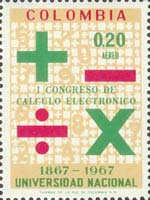
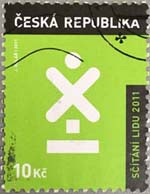
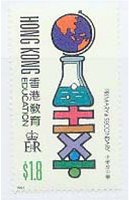
About CMM
Contact US
Others
Other Websites
Number of Visitors:
Last Modified Date: 10/03/2025